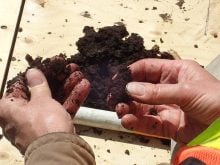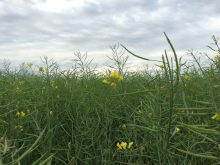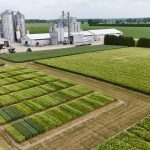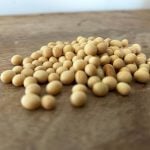Farmers are starting to think about Plan Bs, but there is no sign yet of a major shift in seeding intentions
Wet conditions across the Prairies and the increasingly likelihood that planting will be delayed this spring have some farmers starting to think about “Plan Bs.”
“I think what a lot of farmers are probably doing is looking at the Plan Bs because they’re thinking they might have to use them later on,” said Bruce Burnett, CWB’s weather and crop specialist. “But I don’t think it’s resulting in any major shifts in area right now.”
Some farmers in more flood-prone regions may have altered their cropping plans, but most producers are still going with Plan A for now, he said.
Read Also
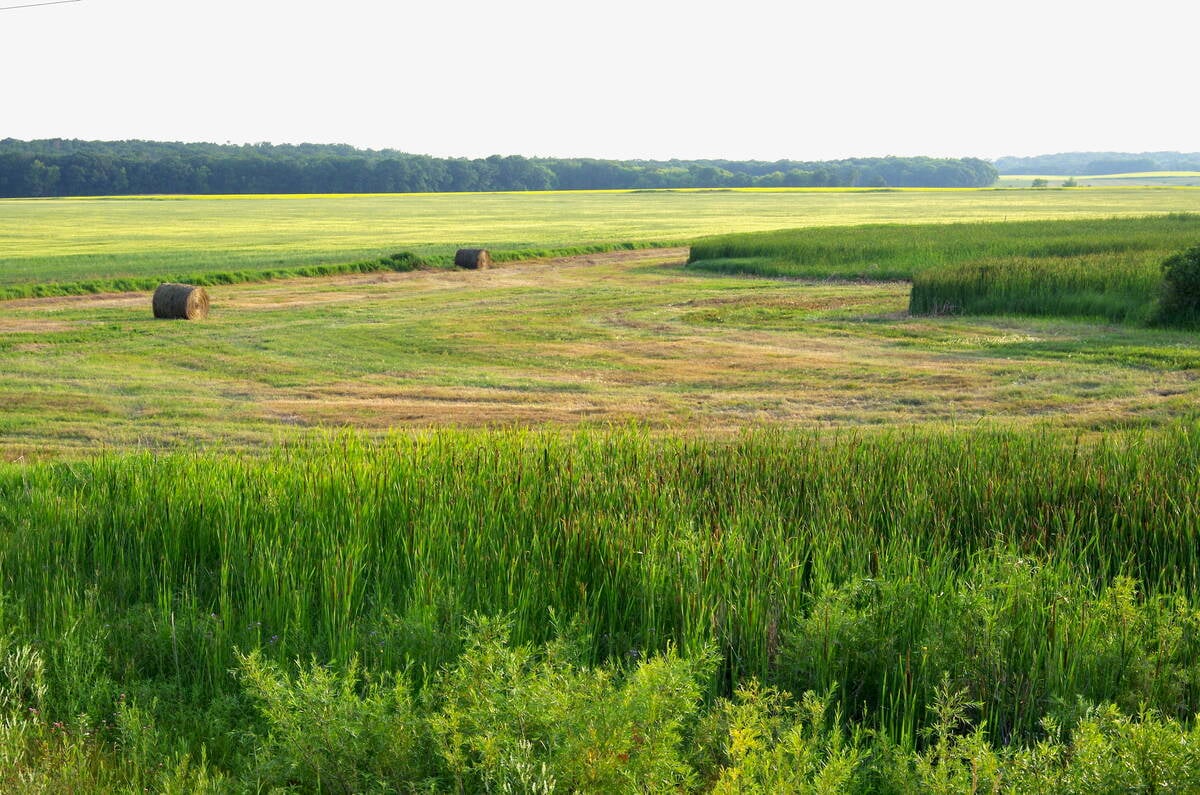
Manitoba farmers offered crop insurance carrot on marginal acres
Farmers planting poor field acres to perennial forage can get a break on forage crop insurance programs under new Forage Advantage pilot program.
“If we get three inches of rain in May, to add to the snowpack here, then people will start changing their plans,” said Burnett. “But for now, there’s too much weather to happen between now and then.”
The biggest concern is wet soils as excessive moisture impacts the early growth of crops, Burnett said.
“Cereals, oilseeds and other crops all have negative implications if the soils are saturated at seeding time,” said Burnett.
Disease and pests are two other factors to consider, he said.
“Some of the early-season diseases can overwhelm crops if they remain wet not only after planting, but after the crop is emerged,” said Burnett. “A lot of the wet leaf diseases are a little bit more prevalent under wet conditions.”
Wheat midge also thrives under wet conditions, but isn’t prevalent until later in the growing season.




